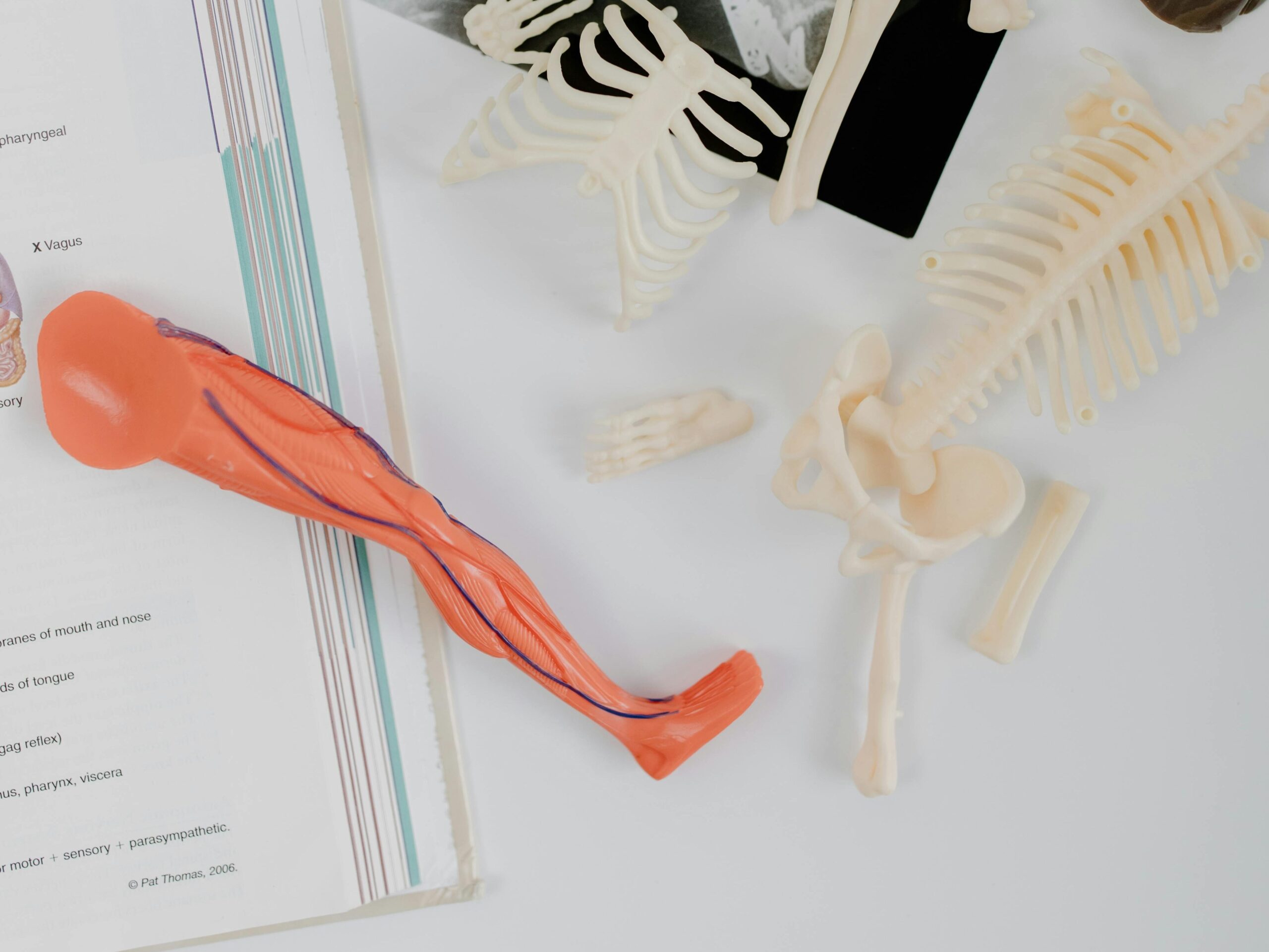Table of Contents
Introduction
An Achilles tendon tear can be a painful and debilitating injury, affecting your ability to walk, run, or even perform basic activities. The Achilles tendon, located at the back of your lower leg, connects your calf muscles to your heel bone. A tear in this tendon can vary from mild to severe, and it’s crucial to understand its symptoms, causes, and the best treatment options available.
In this article, we will dive into the causes of an Achilles tendon tear, the symptoms to watch for, and the most effective treatment options to aid in recovery.

Causes and Risk Factors of Achilles Tendon Tear
The Achilles tendon is subjected to a lot of stress, especially during physical activities like running, jumping, and sudden movements. Achilles tendon tears typically occur due to overuse, but certain factors can increase the risk of injury:
- Overuse or Repetitive Strain: Activities like running or playing sports can strain the tendon.
- Sudden Intense Activity: A sudden burst of activity, such as sprinting or jumping, can cause a tear.
- Age and Degeneration: As we age, the Achilles tendon weakens, making it more prone to tears.
- Previous Injuries: A history of Achilles tendonitis or previous injuries increases the risk of a tear.
- Improper Footwear: Shoes that don’t provide proper support can lead to tendon strain.
Understanding these causes can help you take preventative measures to reduce the risk of injury.
Symptoms of Achilles Tendon Tear
If you experience any of the following symptoms, it’s important to seek medical attention:
- Sudden Pain: A sharp pain in the back of the leg or near the heel, often described as feeling like being kicked.
- Swelling and Bruising: Inflammation around the Achilles tendon, along with visible bruising.
- Inability to Walk or Run Properly: Difficulty moving the foot or pushing off with the foot while walking.
- Weakness: A feeling of weakness or inability to perform activities that involve the calf muscles.
These symptoms can vary depending on the severity of the tear, ranging from a mild strain to a complete rupture.
Diagnosis and Treatment of Achilles Tendon Tear
A diagnosis of Achilles tendon tear typically involves a physical examination, during which the doctor may perform specific tests to assess the extent of the injury. In some cases, imaging tests such as X-rays or MRI scans may be used for a more detailed evaluation.
Once diagnosed, the treatment plan will vary based on the severity of the tear:
Non-Surgical Treatments:
- Rest and Ice: Resting the injured foot and applying ice can help reduce pain and swelling.
- Physical Therapy: Strengthening exercises, stretches, and mobility exercises can help restore function.
- Bracing or Splinting: In some cases, wearing a brace or splint to immobilize the foot can assist with healing.
Surgical Treatments:
If the tear is severe or not healing with conservative treatments, surgery may be required to repair the tendon. Post-surgery rehabilitation is critical to regain full mobility and strength.
Prevention of Achilles Tendon Tear
Preventing an Achilles tendon tear involves maintaining a healthy lifestyle, including:
- Proper Warm-Up: Always warm up before engaging in physical activity to prepare your muscles and tendons.
- Strengthening Exercises: Regular exercises targeting the calves and ankles can strengthen the Achilles tendon.
- Wearing Supportive Shoes: Ensure that your footwear offers adequate support and cushioning.
- Gradual Increase in Activity: Gradually increase the intensity and duration of your physical activity to avoid overstraining the tendon.

Conclusion
An Achilles tendon tear can be a serious injury, but with the right treatment and preventive measures, recovery is possible. If you experience symptoms of a tear, don’t hesitate to consult a healthcare professional to get an accurate diagnosis and begin your recovery journey. If you need more information or help with your health journey, feel free to contact us at Health Authentica.










